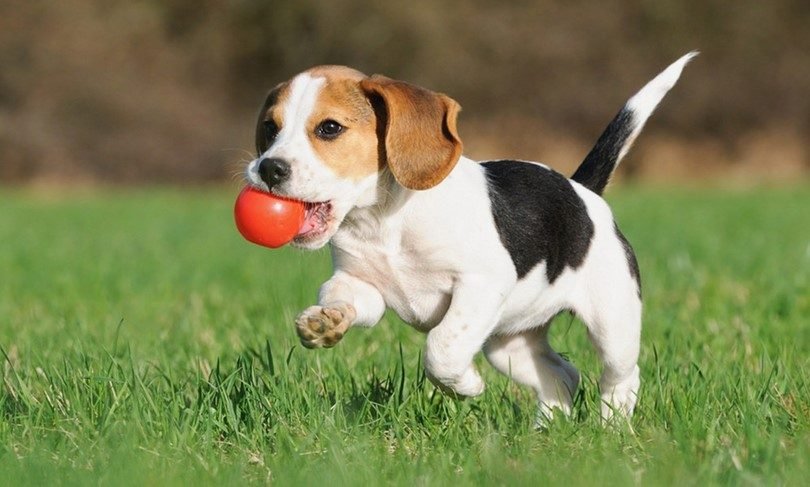New research shows that preparing puppies for interaction with humans is innate – up to 40% of puppies’ ability to communicate with us is inherited, even before any training or connection takes place.
In other words, puppy friendliness is innate to some degree, although based on their genes, some people are better than others in the first place. The team behind the study results stated that their findings may help improve future service dog training.
The study involved 375 puppies with an average age of 8.5 weeks. Dogs are required to complete several standardized tasks designed to measure their response to human interaction and their willingness to cooperate.
Animal psychologist Emily Bray of the University of Arizona in Tucson said that “These numbers are quite high and are very similar to estimates of the intellectual heritability of our own species. All of these findings indicate that dogs are biologically ready to communicate with humans.”
Bray and his colleagues spent ten years working with dogs at Canine Companions, a service dog organization in the United States. They have access to a large number of puppies and their breeding history and pedigree records.

Using observational data collected from 2017 to mid-2020, the team built a statistical model to compare the genetic factors of the dogs they tested with environmental factors while controlling for the breed, gender, age, and breeding location.
The puppy reacts more sensitively when the handler looks at or points to a container with hidden food, although the dog will only obey the command if there are social cues (the handler is talking to the dog) before the eyes or gestures.
In another test, puppies were shown to want to look at the owner when the owner spoke and to actively approach the pet.
However, in an experiment with a sealed container of food, these dogs rarely looked at their human companions, indicating that although they are good at responding to our signals, their ability to communicate in kind does not appear until later in their development.
Bray said that “We show that puppies will correspond to the social gaze of humans and successfully use the information provided by humans in the social environment from a very young age, and before the rich human experience.”
For example, even before the puppies leave the litter to live with a volunteer breeder, most of them can find hidden food by following a human to a designated location.

In fact, more and more There is a lot of evidence that very young dogs are as willing to cooperate and communicate as human babies, although scientists have not yet determined the genetic effects behind this behavior.
Next, the researchers hope to find specific genes that affect the social ability of puppies. This will require genome-wide association studies involving more types of dogs, and monitoring these dogs over time, rather than just analyzing them The behavior is at one point in their development.
In addition to helping dogs train, future discoveries can provide information for tracking the evolution and domestication of dogs, to be precise, when they become humans’ best friends, they begin to exhibit these behaviors.
Bray also said that “From an early age, dogs have demonstrated human-like social skills. These skills have a strong genetic component, which means that these skills have great potential for accepting choices.”
Therefore, our findings may point to an important part of the history of domestication, because animals that have a tendency to communicate with our own species may have been selected as wolves that produce dogs.

1 Comment
Pingback: Stop Lying To Your Dogs They Can Sense It, Claims A New Study - Craffic